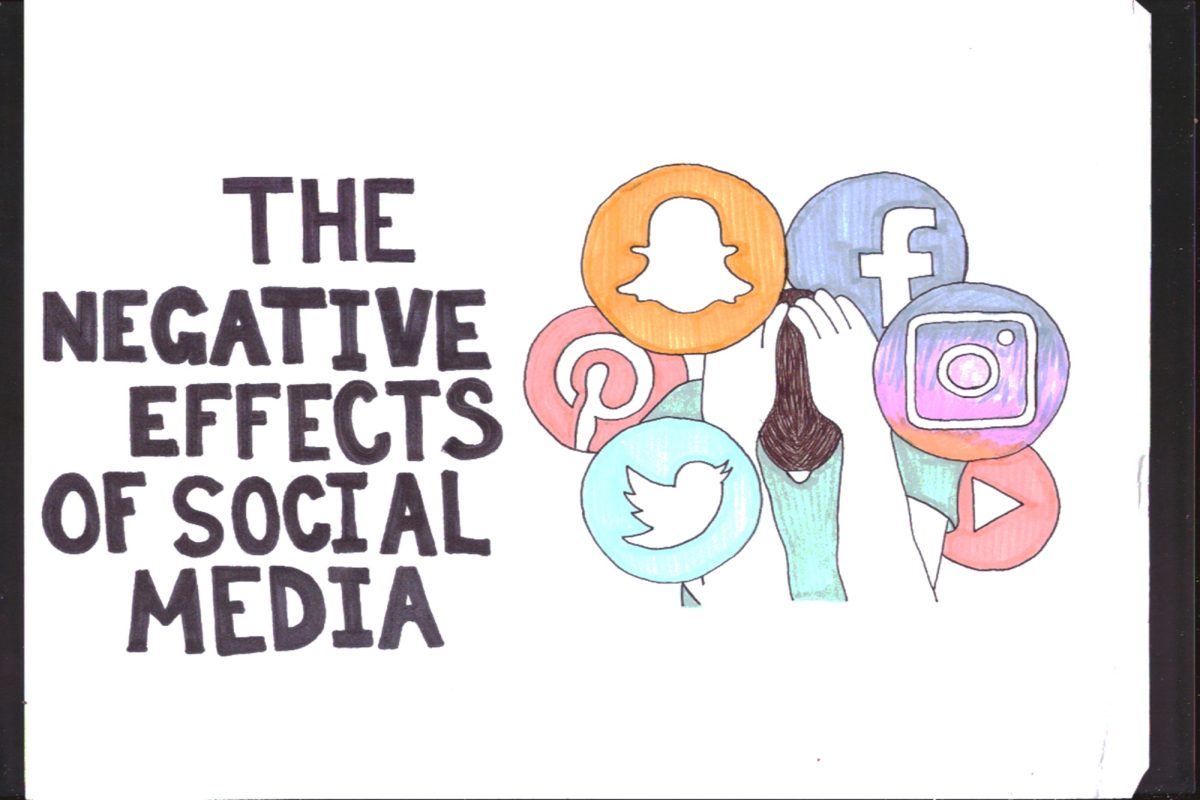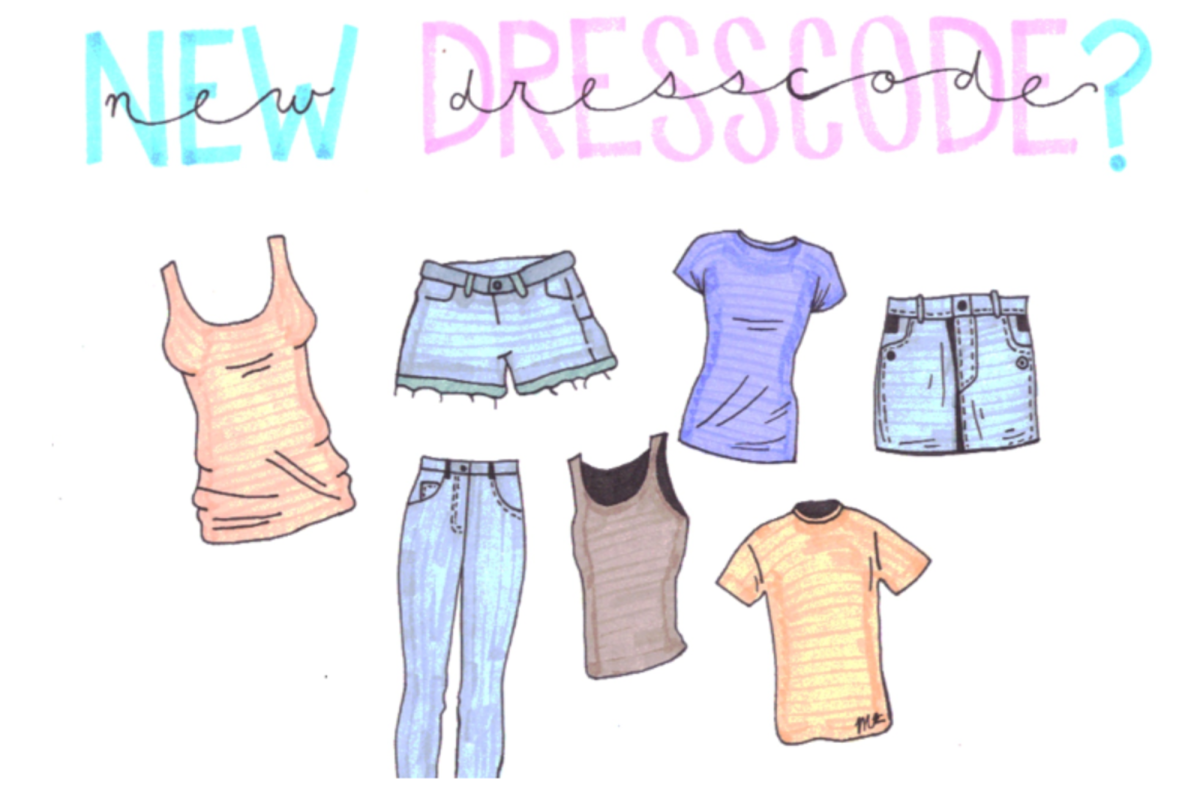“The importance of understanding how a user reacts and interacts with a product is crucial.” – Edward Muldrew
The progressive rise of social media has had many far-reaching effects on teenagers worldwide. Platforms like TikTok, Instagram, and Snapchat have left many to question the impact these apps have on teenagers’ lives. Some argue that social media allows youth the opportunity to engage and develop relationships in a social setting, while others say that it catalyzes addictive behavior.
The negative effects of social media have far outweighed the positives, especially the addictive features that have been employed on teens. Social media is constantly changing and updating in order to keep kids hooked. Some of these addictive tactics include push notifications and infinite scrolling, which are designed to trigger dopamine responses in the brain.
One of the main methods that social media uses is the push notification feature. Push notifications are alerts that come in the form of a banner on a user’s mobile device even when they aren’t using the app.
According to jeffersonhealth.org, push notifications are designed to constantly distract and interrupt our days, constantly notifying us and trying to pull us back to the app. Every time we receive a notification, our brain produces dopamine, the chemical associated with reward and motivation. That’s why so many teens check their phones without thinking—it’s become an inherent part of their daily life.
Furthermore, social media sites also utilize the slot machine effect. The slot machine effect is a mechanism that allows you to infinitely scroll through posts on your phone. All social media apps use this to keep users fixated on scrolling.
According to medium.com, the slight delay of response before your newsfeed is populated again is all a part of building the anticipation to release a dopamine hit of excitement when you get your latest posts. These design choices exploit psychological responses making it harder for teenagers to disengage from their screens.
In spite of the many drawbacks of social media, supporters of it argue that it allows teenagers to act on issues and causes that are important to young people. Platforms like Instagram and TikTok are commonly used across schools to promote school events and volunteer causes. These may include food drives, sporting events, and school fundraisers for clubs.
Proponents of social media also say that it leads to inspiration and positive well-being effects, as well as strengthens teens friendships.
According to an article on psychologytoday.com, college students share inspiring content on Facebook with others, over time, they feel more love and compassion toward others. The article also notes that teen friendships are actually strengthened by social media, rather than damaged. Studies show that teens say social media makes them more connected to what’s going on in their friend’s life.
One approach to fixing the addictions of social media is setting app time limits. All users have access to the screen time feature on their phone. Limits and restrictions can be set in place to reduce overall screen time.
Another way to minimize the overuse of social media is to turn off push notifications. Doing this would curb the urge to check social media since users won’t be bombarded with alerts all day long.
Social media will continue to expand and become more prevalent in humans everyday life, but its addictive features need to be addressed. Teenagers should be able to develop relationships and connect with their peers on social media without becoming overly attached to it. By setting app time limits, and turning off push notifications, teens can create a healthier balance between their online and offline lives.







